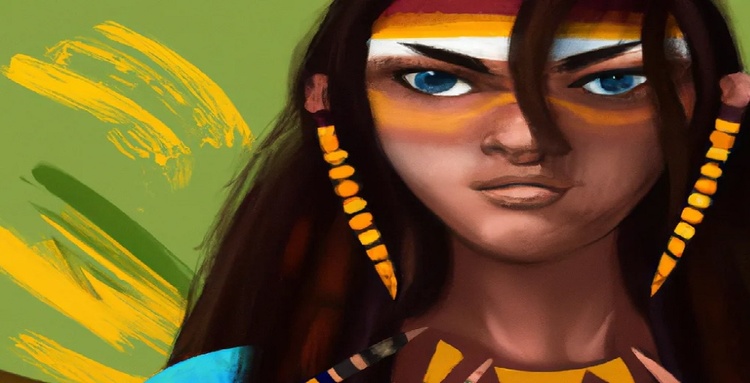
Cultural Diversity in Latin American Art
Latin America is a region rich in cultural diversity, and this is reflected in its art. From pre-Columbian civilizations to contemporary art movements, Latin American art is a blend of indigenous, European and African influences.
History of Latin American Art: From Pre-Columbian Civilizations to Contemporary Movements
Latin American art has a rich and complex history that dates back to pre-Columbian civilizations. The Aztec, Mayan and Inca cultures left an impressive artistic legacy, with sculptures, paintings and ceramics that portray their religious beliefs and rituals.
With the arrival of European colonizers, Latin American art underwent a significant transformation. The influence of Spanish Baroque art can be seen in many of the region's churches and cathedrals.
In the 19th and 20th centuries, important artistic movements emerged in Latin America, such as Mexican Muralism and Brazilian Modernism. These movements sought to portray the cultural identity of the region and fight for social and political changes.
The Great Masters of Latin American Painting
Painting is one of the most popular forms of art in Latin America, and many artists have risen to prominence over the years. Frida Kahlo, Diego Rivera and Fernando Botero are some of the best known names. His works portray the life and culture of the region, often with a touch of humor and satire.
Visual Identity in Latin American Art: Symbols and Regional Techniques
Latin American art is full of regional symbols and techniques that help identify the origin of the work. For example, Peruvian tapestries are known for their vibrant colors and geometric patterns, while Mexican ceramics are decorated with floral and animal designs.
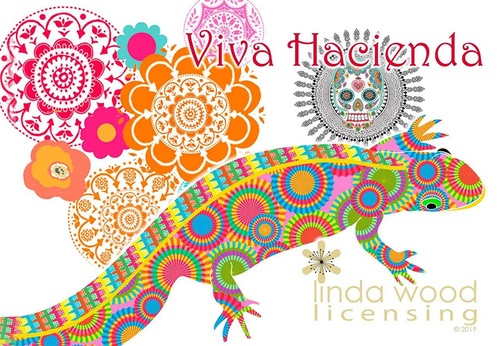
- July 03, 2025
Mexican Inspirations in the Art of Linda Wood

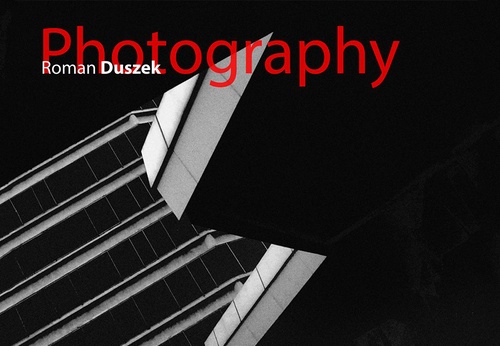
- July 03, 2025
Roman Duszek | Photography

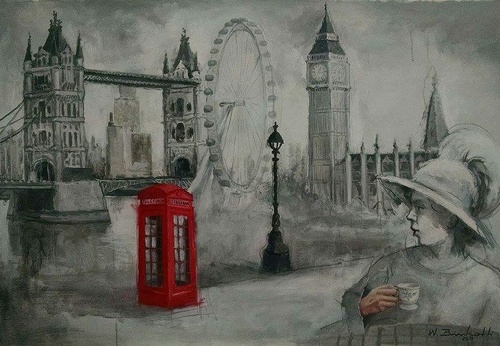
- July 03, 2025
Gallery Of Illustration By Walmir Binhotti - Brazil
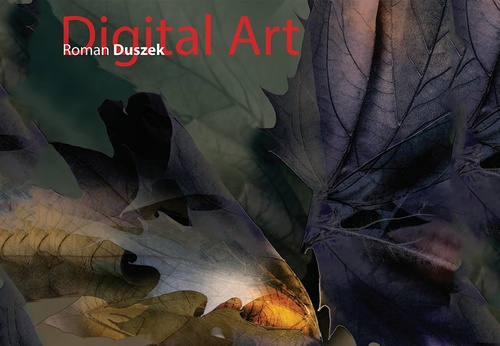
- July 03, 2025
Roman Duszek | Digital Graphic Art
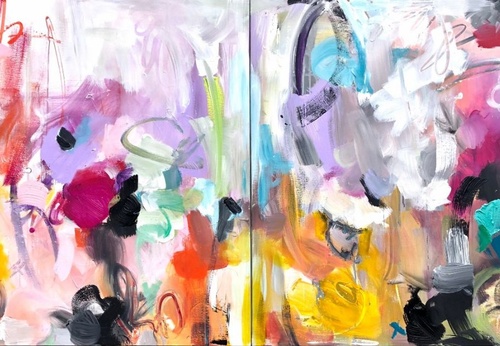
- July 03, 2025
Painting and abstract art: differences and similarities
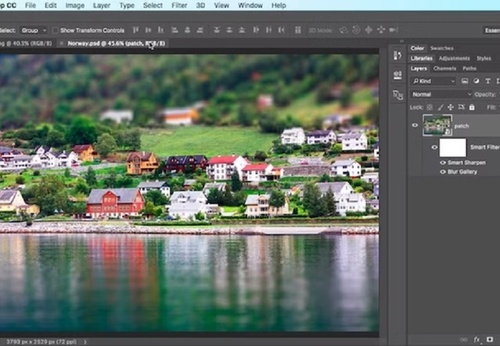
- July 02, 2025
The Best Software for Digital Art and Graphic Design

- July 02, 2025
Gallery of Posters by Cesar Alí Hernández from Mexico

- July 03, 2025
Painting and abstract art: differences …

- July 02, 2025
The Best Software for Digital Art and G…

- July 01, 2025
How Digital Artists Collaborate with Ar…

- July 01, 2025
Reflections of Digital Art in Different…

- June 30, 2025
Crítica de Obras Artísticas Criadas por…

- June 30, 2025
What are Plastic Arts?

- June 30, 2025
Images Against Silence: Artists Who Cha…

- June 29, 2025
History of Art Photography in the 20th …

- June 28, 2025
The 11 types of art and their meanings

- June 28, 2025
Contemporary Art is postmodern art

- June 26, 2025
Graphic Design, Art, and Technology: Wh…

- June 25, 2025
Graphic Design and Modern Content Creat…

- June 25, 2025
Art as a Manifestation of Resistance

- June 24, 2025
Latin American Art in the world

- June 24, 2025
Painting as a form of emotional express…

- June 23, 2025
14 questions and answers about the art …

- June 23, 2025
9 Latino painters and their great contr…

- June 22, 2025
The most famous image of Ernesto "Che" …

- June 21, 2025
Resistance in Ink and Paper: Illustrati…

- June 21, 2025
Art as a Tool for Enlightenment and Soc…

- August 29, 2023
The history of Bolivian art

- February 19, 2024
Analysis and meaning of Van Gogh's Star…

- January 28, 2024
Culture and Art in Argentina

- September 25, 2023
What is the importance of art in human …

- September 23, 2023
What is paint?

- August 10, 2023
14 questions and answers about the art …

- August 30, 2023
First artistic manifestations

- August 23, 2023
The 11 types of art and their meanings

- January 12, 2024
10 most beautiful statues and sculpture…

- September 23, 2023
History of painting

- September 23, 2023
Painting characteristics

- March 26, 2024
The importance of technology in art1

- April 06, 2024
History of visual arts in Ecuador

- August 16, 2023
The 15 greatest painters in art history

- January 31, 2024
Examples of Street Art – Urban Art

- March 26, 2024
Cultural identity and its impact on art…

- April 07, 2024
Graffiti in Latin American culture

- January 20, 2024
What is the relationship between art an…

- August 25, 2024
A Comprehensive Analysis of the Cartoon…

- October 21, 2023
Contemporary art after the Second World…

- February 19, 2024
Analysis and meaning of Van Gogh's Star…

- August 13, 2023
9 Latino painters and their great contr…

- August 10, 2023
14 questions and answers about the art …

- August 29, 2023
The history of Bolivian art

- January 28, 2024
Culture and Art in Argentina

- August 23, 2023
The 11 types of art and their meanings

- November 06, 2023
5 Latin American artists and their works

- August 27, 2023
15 main works of Van Gogh

- September 23, 2023
Painting characteristics

- September 23, 2023
What is paint?

- September 25, 2023
What is the importance of art in human …

- December 18, 2023
10 iconic works by Oscar Niemeyer, geni…

- August 30, 2023
First artistic manifestations

- January 20, 2024
What is the relationship between art an…

- March 26, 2024
Cultural identity and its impact on art…

- January 12, 2024
10 most beautiful statues and sculpture…

- October 30, 2023
Characteristics of Contemporary Art

- August 22, 2023
What are Plastic Arts?

- April 16, 2024
The most important painters of Latin Am…

- August 24, 2023


